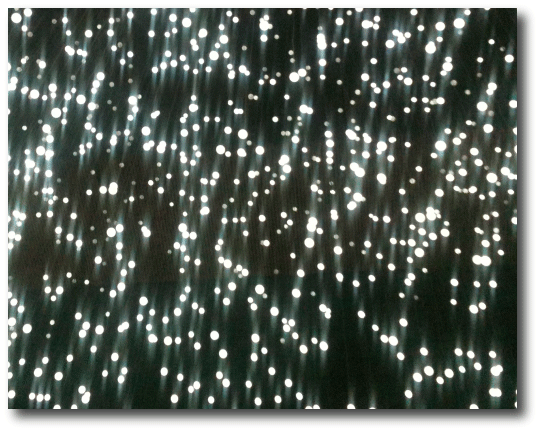One tends to roll one’s eyes when the topic turns to Georges-Louis Leclerc, Comte de Buffon, the French encyclopedist and pre-revolutionary intellectual luminary.
Buffon sounds regrettably similar to Buffoon, especially considering that The Comte is best-known for some memorable blunders. For example, Georges-Louis came out on the losing side of a tussle with Thomas Jefferson regarding the general valor of the New World fauna. From the wikipedia article:
At one point, Buffon propounded a theory that nature in the New World was inferior to that of Eurasia. He argued that the Americas were lacking in large and powerful creatures, and that even the people were less virile than their European counterparts. He ascribed this inferiority to the marsh odors and dense forests of the American continent. These remarks so incensed Thomas Jefferson that he dispatched twenty soldiers to the New Hampshire woods to find a bull moose for Buffon as proof of the “stature and majesty of American quadrupeds”
Buffon also speculated, in 1778, that the solar system’s planets were the result of a collision between a comet and the Sun, a hypothesis that is completely incorrect. Even in the 1750s, perturbation analyses (such as those carried out by Alexis Claude Clairaut in connection with the successful predictions of the return ephemeris for Halley’s Comet) had made it clearly evident that cometary masses are far smaller than planetary masses.
Buffon, however, was definitively not a buffoon. He came remarkably close to having a full command of all the scientific disciplines, and some of his efforts still sparkle. He calculated that the chance of the Sun rising tomorrow is \(1-(1/2)^x\), where \(x\) is the number of consecutive days that it has risen to date. In his treatment of probability theory, he also stated that one chance in 10,000 is the lowest practical probability — an enormously useful bon mot, on par, say, with Andy Warhol’s remark that “when you think about it, Department Stores are kind of like Museums.”
Buffon’s Histoire Naturelle, which aimed to exhaustively cover all of the natural sciences, ran to 44 quarto volumes, eight of which were written and which appeared after he died, and all of which were out of date the moment they were printed. Even in the 1700s, scientific knowledge was accumulating so rapidly that it was impossible to keep up.
It has been recently hammered home to me that the same situation also now holds true for extrasolar planets. Jack Lissauer and I just finished a review article on exoplanets for the forthcoming second edition of Elsevier’s Treatise on Geophysics. A pre-print is up on today’s arXiv listing. In writing the article, it was painfully clear just how large the literature is, and how fast it is growing…


Correction for Figure 3 of your preprint—
“Mass-Radius diagram for Extrasolar planets. This figure shows planets for which
both mass and radius estimates exist, with orbital period coded to run from one day (blue)
through 100 days (red).”
(red) and (blue) should be interchanged to agree with the figure.